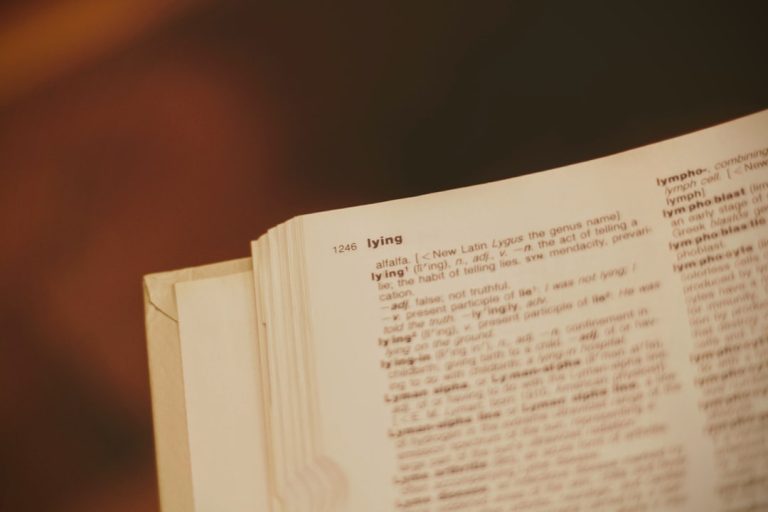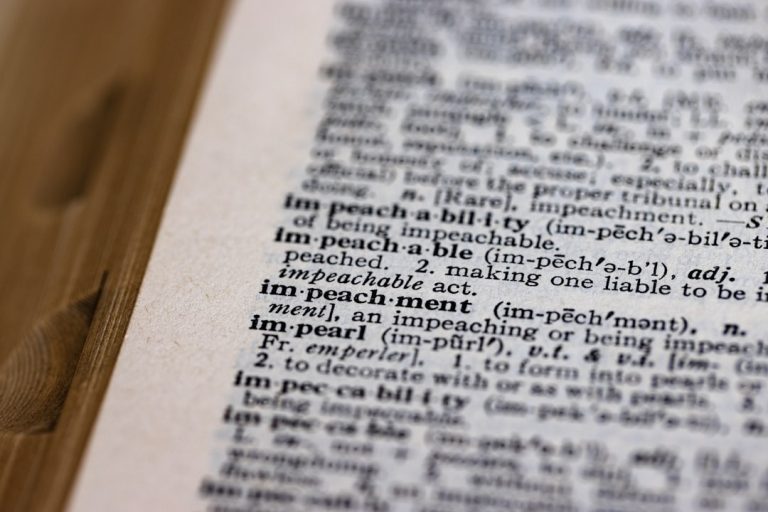
Apostrophes are a unique punctuation mark in American English, serving as a bridge between clarity and confusion in written communication. Their primary functions revolve around indicating possession and forming contractions, yet their misuse can lead to misunderstandings and misinterpretations. The apostrophe, shaped like a small comma, is often overlooked in the grand scheme of punctuation, but its role is crucial in conveying the intended meaning of sentences.
Understanding how to use apostrophes correctly is essential for anyone looking to enhance their writing skills and ensure their messages are clear. In American English, the apostrophe has evolved to fulfill specific grammatical roles that are vital for effective communication. It is not merely a decorative mark; rather, it serves as a signal to readers about the relationships between words.
For instance, the difference between “its” and “it’s” can change the meaning of a sentence entirely. The former indicates possession, while the latter is a contraction for “it is.” This subtlety highlights the importance of mastering apostrophe usage, as it can significantly impact the clarity of one’s writing. As we delve deeper into the rules governing apostrophes, we will explore both the do’s and don’ts, common pitfalls, and practical tips for ensuring proper usage.
Key Takeaways
- Apostrophes are punctuation marks used in American English to indicate possession or to form contractions.
- Do use apostrophes to show possession, such as “the dog’s bone” or “Sarah’s car.”
- Don’t use apostrophes to make plurals, such as “apple’s” or “banana’s.”
- Common mistakes to avoid with apostrophes include using them incorrectly in possessive pronouns like “its” and “theirs.”
- Use apostrophes for contractions, such as “can’t” for “cannot” or “it’s” for “it is.”
The Do’s of Using Apostrophes
When it comes to using apostrophes correctly, there are several key practices that writers should embrace. First and foremost, apostrophes should be used to indicate possession. This means that when something belongs to someone or something, an apostrophe is employed to clarify that relationship.
For example, in the phrase “the dog’s leash,” the apostrophe followed by an “s” signifies that the leash belongs to the dog. This simple addition transforms the phrase from a mere collection of words into a clear statement about ownership. Another important aspect of apostrophe usage is its role in forming contractions.
Contractions are a way of combining two words into one, often for the sake of brevity and ease of reading. For instance, “do not” becomes “don’t,” with the apostrophe replacing the omitted letters. This not only streamlines communication but also adds a conversational tone to writing.
Writers should feel confident using contractions in informal contexts, as they can make text feel more relatable and engaging. However, it is essential to remember that contractions may not always be appropriate in formal writing, where a more traditional tone is often preferred.
The Don’ts of Using Apostrophes

While there are clear guidelines for using apostrophes effectively, there are also common pitfalls that writers should avoid. One of the most frequent mistakes is using an apostrophe to form plurals. For example, many people mistakenly write “apple’s” when referring to multiple apples.
This misuse can lead to confusion, as it suggests possession rather than plurality. The correct form would simply be “apples,” without any apostrophe. Understanding this distinction is crucial for maintaining clarity in writing.
Another common error involves confusing possessive pronouns with possessive nouns. Words like “yours,” “hers,” “its,” and “theirs” do not require apostrophes because they already indicate possession without needing additional punctuation. For instance, one might incorrectly write “your’s” when referring to something that belongs to you.
Such errors can detract from the professionalism of one’s writing and may lead readers to question the writer’s attention to detail. By being mindful of these common mistakes, writers can enhance their credibility and ensure their messages are conveyed accurately.
Common Mistakes to Avoid with Apostrophes
| Mistake | Example | Correction |
|---|---|---|
| Its vs. It’s | The cat licked it’s paws. | The cat licked its paws. |
| Your vs. You’re | Your going to love this movie. | You’re going to love this movie. |
| Their vs. They’re vs. There | Their going to the park over there. | They’re going to the park over there. |
| Plural vs. Possessive | The dog’s are barking loudly. | The dogs are barking loudly. |
In addition to the aforementioned pitfalls, there are several other common mistakes that writers should be aware of when using apostrophes. One such mistake involves using an apostrophe with plural nouns that do not indicate possession. For example, phrases like “the 1990’s” or “CD’s” are often incorrectly punctuated with an apostrophe when referring to multiple items.
The correct forms would be “the 1990s” and “CDs,” respectively. This error stems from a misunderstanding of how apostrophes function in relation to pluralization. Another frequent issue arises with names that end in “s.” Writers often grapple with whether to add an apostrophe followed by an “s” or simply an apostrophe when indicating possession for these names.
The general rule in American English is to add an apostrophe and an “s” (e.g., “James’s book”), even if it may seem awkward in pronunciation. However, some style guides may allow for just an apostrophe (e.g., “James’ book”) for names that are difficult to pronounce with an additional “s.” Writers should consult relevant style guides for consistency in their work.
When to Use Apostrophes for Possession
Understanding when to use apostrophes for possession is fundamental for clear writing. The basic rule states that if a noun possesses something, an apostrophe followed by an “s” should be added to the noun. For singular nouns, this is straightforward: “the cat’s toy” indicates that the toy belongs to one cat.
However, when dealing with plural nouns that already end in “s,” the rule changes slightly. In this case, only an apostrophe is added after the “s.” For example, “the dogs’ park” signifies that the park is shared by multiple dogs. Possessive forms can also become more complex with compound nouns or phrases involving multiple owners.
For instance, if two people jointly own something, one might write “Jack and Jill’s house.” This indicates that both Jack and Jill share ownership of the house. Conversely, if each person owns separate items, one would write “Jack’s and Jill’s houses.” This distinction clarifies that Jack has one house and Jill has another, preventing any ambiguity regarding ownership.
When to Use Apostrophes for Contractions

Contractions serve as a linguistic shortcut that combines two words into one by omitting certain letters and replacing them with an apostrophe.
Common examples include “can’t” (cannot), “won’t” (will not), and “she’s” (she is).
Each contraction uses an apostrophe to indicate where letters have been omitted, making it clear that two words have been fused into one. Writers should be cautious about using contractions in formal writing contexts, as they may come across as overly casual or informal. In academic papers or professional correspondence, it is often advisable to use the full forms of words instead of contractions.
However, in creative writing or conversational contexts, contractions can enhance readability and create a more relatable voice. Understanding when and where to use contractions effectively can greatly influence the tone and style of one’s writing.
Tips for Proper Apostrophe Usage
To master apostrophe usage, writers can benefit from several practical tips that promote clarity and accuracy in their writing. First and foremost, it is essential to proofread carefully for any potential errors involving apostrophes. Reading sentences aloud can help identify awkward constructions or misplaced punctuation marks that may have been overlooked during initial drafting.
Additionally, utilizing grammar-checking tools can provide valuable assistance in catching common mistakes related to apostrophe usage. Another helpful strategy involves familiarizing oneself with common phrases and expressions that frequently use contractions or possessive forms. By practicing these forms regularly, writers can develop a more intuitive understanding of how apostrophes function within sentences.
Creating flashcards or engaging in exercises focused on possessive nouns and contractions can reinforce this knowledge over time. Furthermore, consulting reputable grammar resources or style guides can provide additional insights into best practices for using apostrophes effectively.
Conclusion and Recap of Apostrophe Rules
Apostrophes play a vital role in American English by clarifying relationships between words through possession and contraction. By adhering to established rules regarding their usage—such as knowing when to indicate possession with an apostrophe followed by an “s,” avoiding their use in plural forms without possession, and understanding how contractions function—writers can enhance their communication skills significantly. Recognizing common mistakes and employing practical strategies for improvement will further bolster one’s confidence in using this punctuation mark correctly.
Ultimately, mastering apostrophe usage requires practice and attention to detail. By embracing both the do’s and don’ts associated with this punctuation mark, writers can ensure their messages are conveyed clearly and effectively while avoiding potential pitfalls that could lead to confusion or misinterpretation. With diligence and a commitment to learning, anyone can become proficient in using apostrophes correctly within their writing endeavors.
If you are interested in learning more about English language and culture in the USA, you may want to check out the eBook “How to Learn English in the USA: A Guide for Immigrants” available on ESL Institute’s blog. This comprehensive guide provides valuable information for immigrants looking to improve their English skills and navigate life in the United States. Additionally, you may also find the eBook “How to Improve English Vocabulary: An English Learner’s Guide” helpful in expanding your language skills. Both resources offer valuable insights and tips for English language learners. Source
FAQs
What is an apostrophe in American English punctuation?
An apostrophe is a punctuation mark used to indicate possession or to show that letters have been omitted in a contraction.
How is an apostrophe used to indicate possession in American English?
In American English, an apostrophe is used to show possession by adding ‘s to the end of a singular noun or an irregular plural noun. For regular plural nouns ending in -s, the apostrophe is placed after the -s.
Can an apostrophe be used to indicate plural forms in American English?
No, in American English, an apostrophe is not used to indicate plural forms of nouns. Plural nouns are formed by adding -s or -es without an apostrophe.
What are some common contractions in American English that use apostrophes?
Common contractions in American English include: can’t (cannot), don’t (do not), it’s (it is or it has), I’m (I am), and they’re (they are).
Are there any specific rules for using apostrophes in American English?
Yes, some specific rules for using apostrophes in American English include: using ‘s to show possession, using ‘s after singular nouns ending in -s, and using ‘s after irregular plural nouns. Additionally, apostrophes are used to form contractions by replacing omitted letters.






